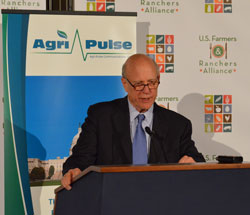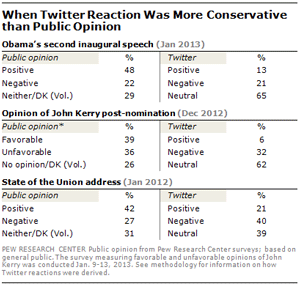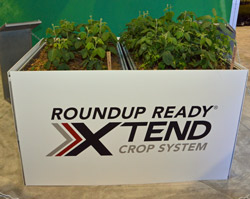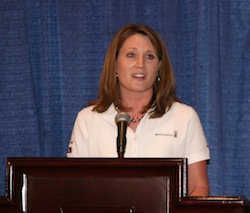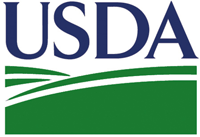A guest post by Agri-Pulse Editor Sara Wyant
 Current high rates of obesity in the United States and frequent discussions about eating healthy have many people counting their calories. But researchers say cooking and processing food can make a significant difference in the number of calories consumed – making current nutrition labels systematically misleading.
Current high rates of obesity in the United States and frequent discussions about eating healthy have many people counting their calories. But researchers say cooking and processing food can make a significant difference in the number of calories consumed – making current nutrition labels systematically misleading.
The American Association for the Advancement of Science (AAAS) held a conference in Boston this month to discuss “Why a Calorie Is Not a Calorie and Why It Matters for Human Diets.”
During the discussions, Harvard University’s Rachel Carmody described research in which she and her colleagues found significant contributions from cooking to human energy budgets. Their results “also illuminate a weakness in current food labeling practices, which systematically overestimate the caloric potential of poorly processed foods,” and “take inadequate account of food processing.”
Highly processed foods are given similar caloric labels as the same foods in an unprocessed state, which does not accurately reflect the biological processes of the human body that impact caloric intake. So, according to these researchers, a Snickers bar label actually underestimates the amount of calories gained, while raw foods are contributing fewer calories than current food tables suggest.
“For example, raw foods are systematically less energy-producing than the same foods cooked,” said Harvard University’s Richard Wrangham. But USDA displays data for the public indicating that cooking foods does not consistently make a difference in their energy value. “The public is thus misled,” he said.
For more than a century, the energy value of foods has been assessed using the Atwater Convention. Wrangham suggested that the Atwater Convention conveys realistic values for foods that are highly digestible, such as white bread.

